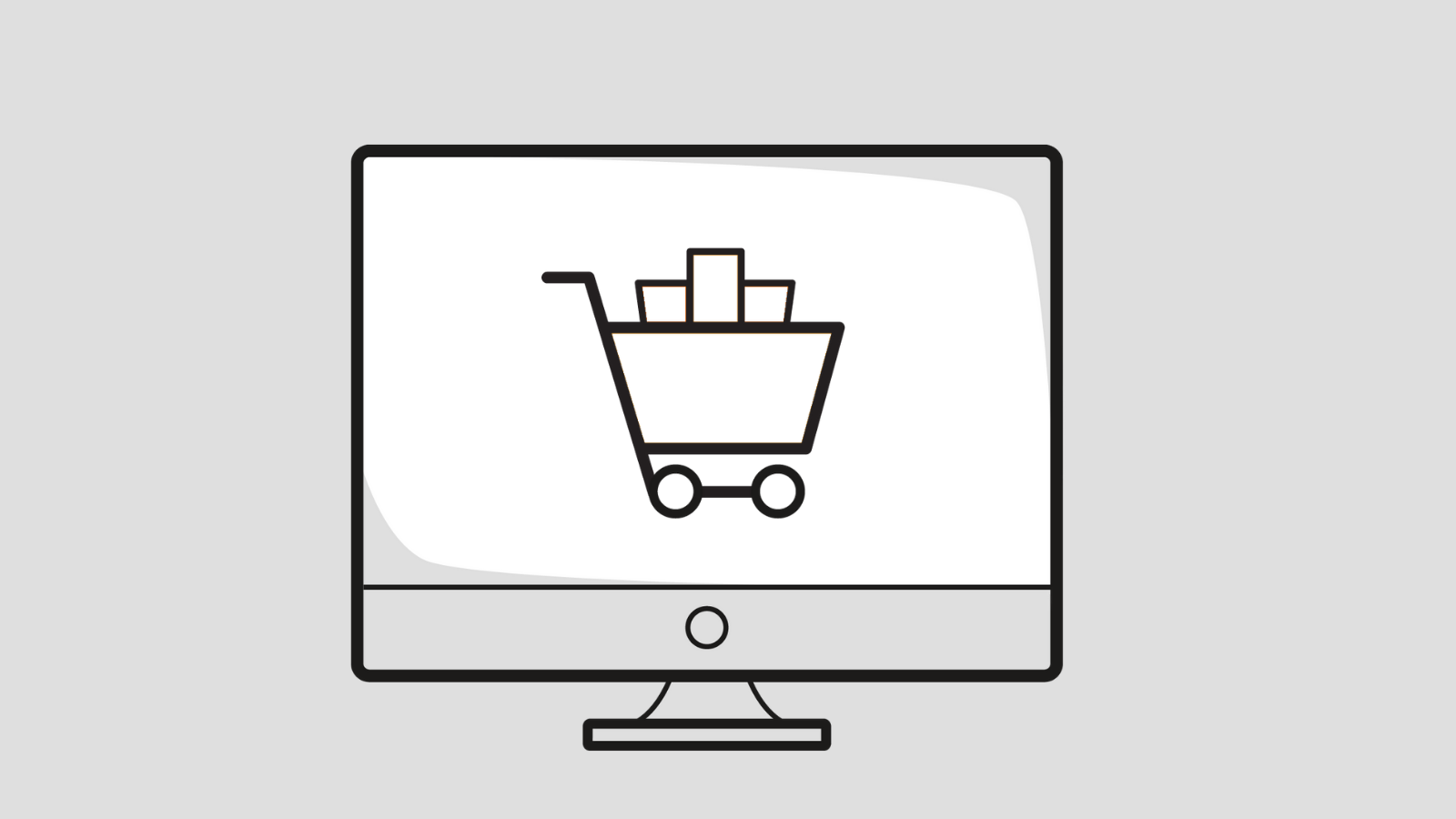We’ve all shopped in an online marketplace. Ebay, Etsy, Amazon, and AliBaba are obvious ones, but there are many thousands more that are topically specific like Houzz, Rover, or even AirBnB.
Online marketplaces emerged during the dot com boom in the late 1990s and are sometimes referred to as a “Butterfly Model” where a company sits in the middle between buyers on one wing, and sellers on the other wing, managing the relationship with varying degrees of technology.
I have some expertise with how the marketplace business model works—beyond running a website development company and working on marketplace projects with clients.

In 1999, I started a company called World2Market.com where NGOs, non-profits, Peace Corps, micro-lenders and other organizations in developing countries could share their economic development projects on World2Market as a marketplace, while also selling their goods online to a US market. (Fun fact: World2Market.com was Bill Clinton’s very first eCommerce shopping experience.)
Being a marketplace newcomer is especially tough today. There are a lot of thriving online marketplaces selling the same goods and entering that space can be challenging.
Some of these challenges include:
- New marketplaces often lack brand recognition, so there's a greater advantage to well-established brands looking to enter the marketplace sector.
- If you identify a new sector, there's a good chance that it will be quickly copied.
- The "if we build it, they will come" approach will not work with a marketplace. You'll need to differentiate both in product line and tactics and double-down with effective marketing.
It's important to consider the many possible approaches to your online marketplace to help withstand these challenges as a newcomer.
Things to consider before building an online marketplace
1. Your approach to store management and automation.
- Unmanaged: Self serve for the seller (Ebay, Etsy, Craigslist, Booking.com).
- Lightly Managed: Some curation of sellers (Uber, Houzz, GrubHub).
- Fully Managed: Marketplace handles the entire process, facilitates and guarantees transaction, great customer service (OpenDoor, Luxe).
2. The revenue model needs to work for both you and the merchants. Will you use a commission-based or listing fee approach?
- Commission-based: You get a percentage fee on the total cost of sales. Typically this is a sliding scale based on the type and value of the goods. This allows you to get value for each sale, scales well, and is pretty favorable for merchants as long as they see the fee as reasonable for the volume of sales.
- Listing fees: You charge merchants a set fee for listing their inventory on your site. For example on eBay a merchant gets the first 50 listings free per month, then each listing is $0.35. Similarly, Etsy has a $0.20 per item listing fee.
3. Your marketplace will be “in the middle” of the transaction between customer and manufacturer. This means you have a fiscal responsibility to both. Payments will be collected from the customer, but likely paid on terms to the manufacturer.
4. You need to be confident that the brands in your marketplace will fulfill orders in a timely manner and provide the same level of customer service that you expect if sold directly. These are reflected back to you in customer perception.
5. The new marketplace will only be a beneficial channel for your participating brands if you market it heavily and have significant traffic. What is the go-to-market strategy to build traffic around the marketplace? If there aren’t sales, manufacturers won’t participate for long.
6. A beautiful, customer-centric UX—and more importantly information architecture—is paramount to attract and retain customers as the site grows. Brands want to be visible in your marketplace, and customers need to be able to discover them.
7. You can add in automation for the manufacturers over time. That can require development on their side to automate the sales process. Expect that your internal team will manually manage the marketplace during the first year and you can introduce automation, and less management, over time.
8. You can expect that the brands/manufacturers will want control over their operational processes. For example, they may not be well equipped to handle single-order shipments but are happy to ship cases or large numbers of items.
9. You need a clear process and plan for what is allowed on your marketplace. Who will decide? There will need to be a team within your business that is deciding what goes up into the marketplace, and you will need policies around that.
10. Provide an easy-to-use technology base to support selling multiple vendors' products in a single infrastructure. This should handle multi-origin shipping (for drop-shipments) and expose inventory, pricing, and promotion control to the participating manufacturers.
Adobe Commerce is a great choice to support your marketplace and gives you a flexible foundation to build upon as you grow.
While being an online marketplace newcomer has its challenges, it can also be an attractive strategy to grow your business. Don't hesitate to contact us when you need a development partner to help bring your marketplace to life.
